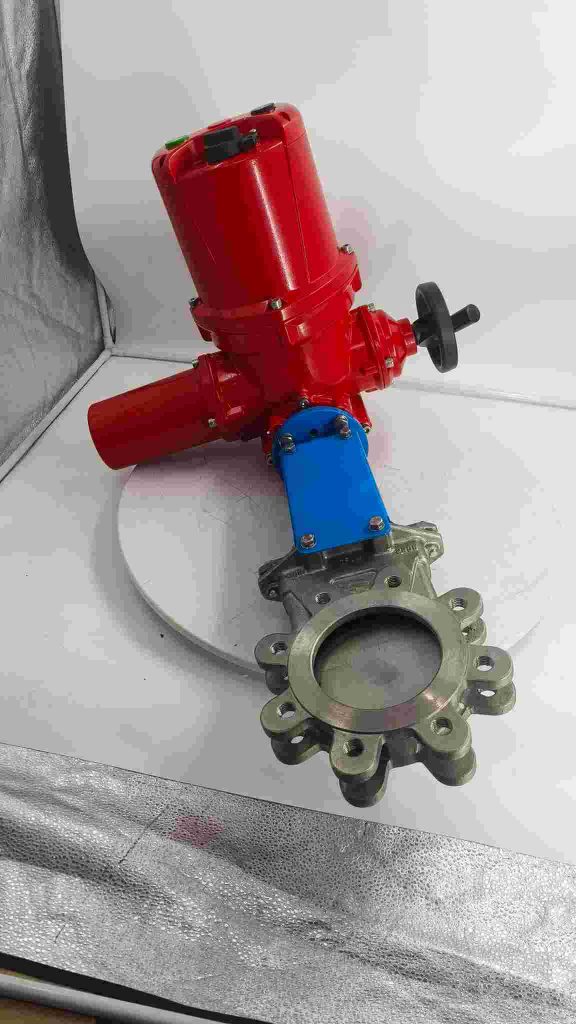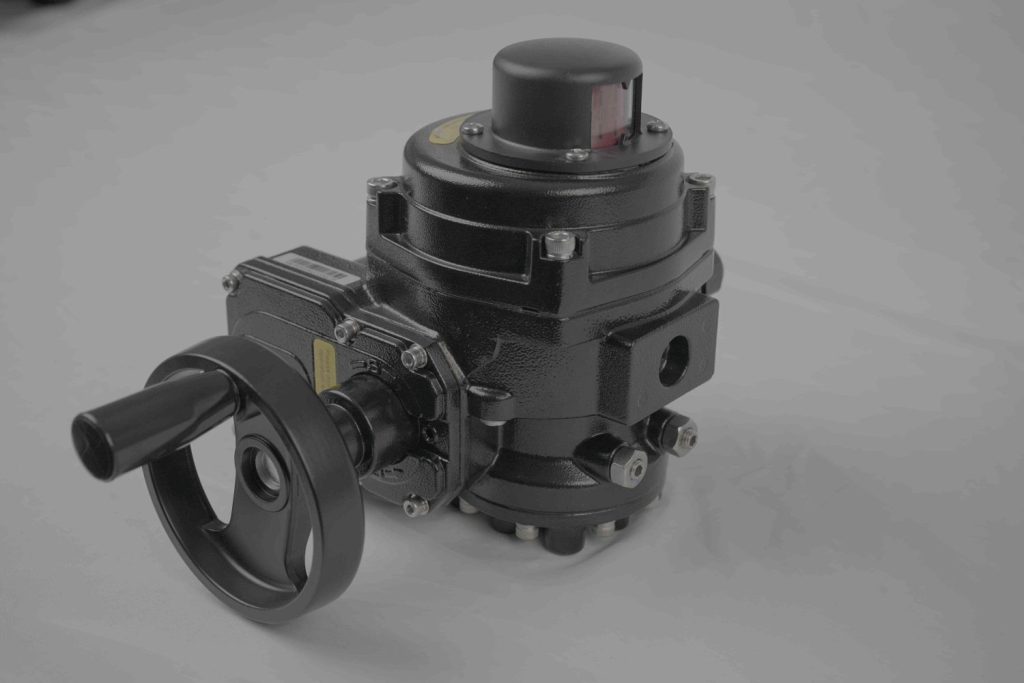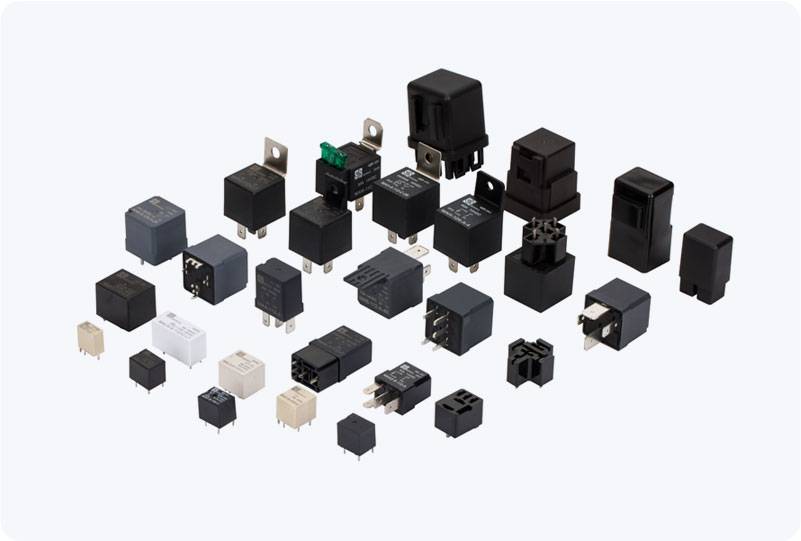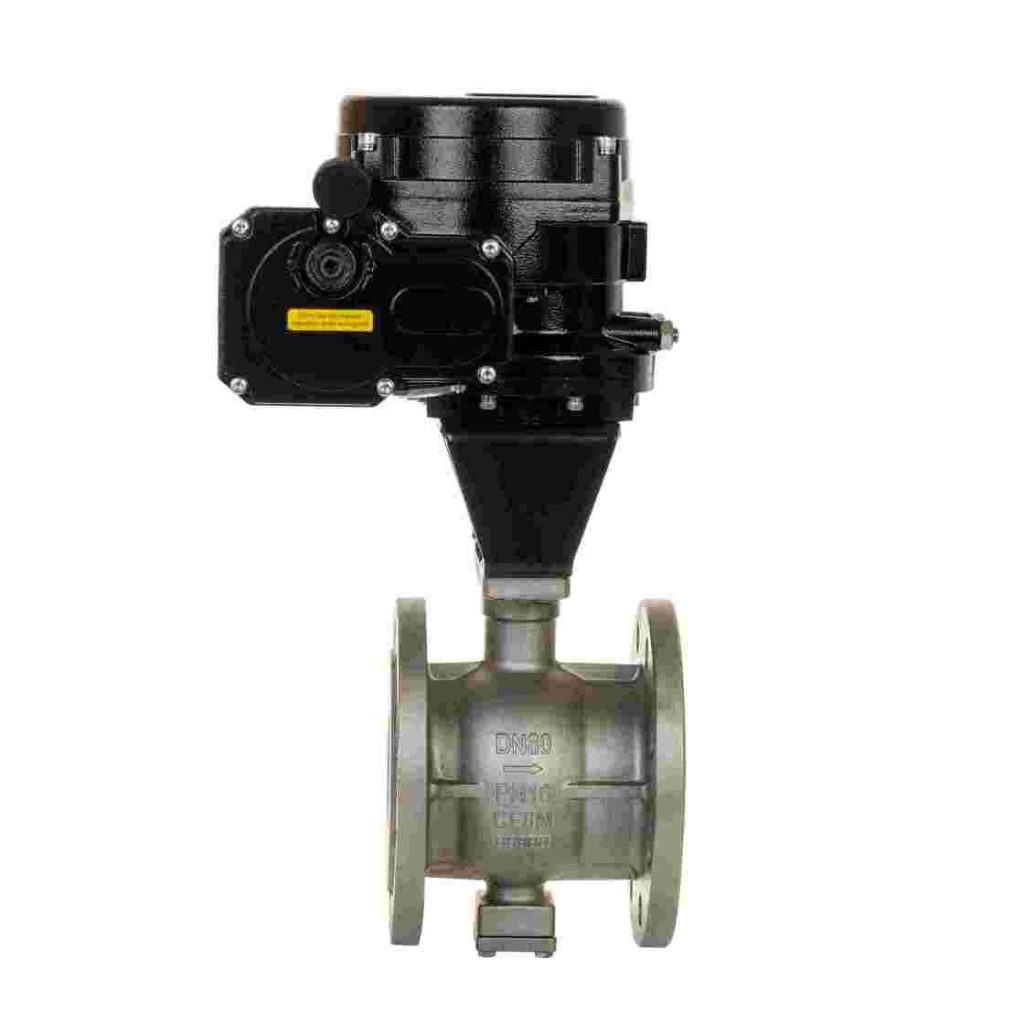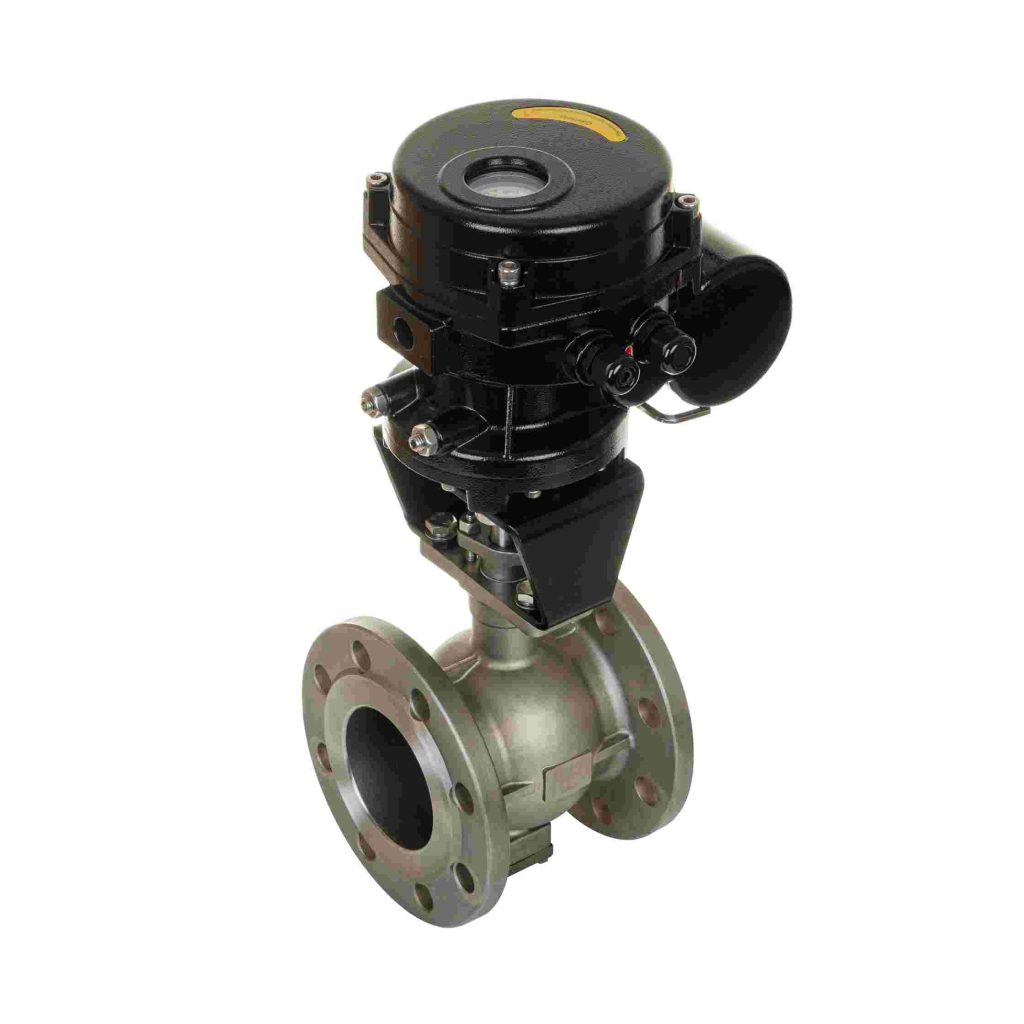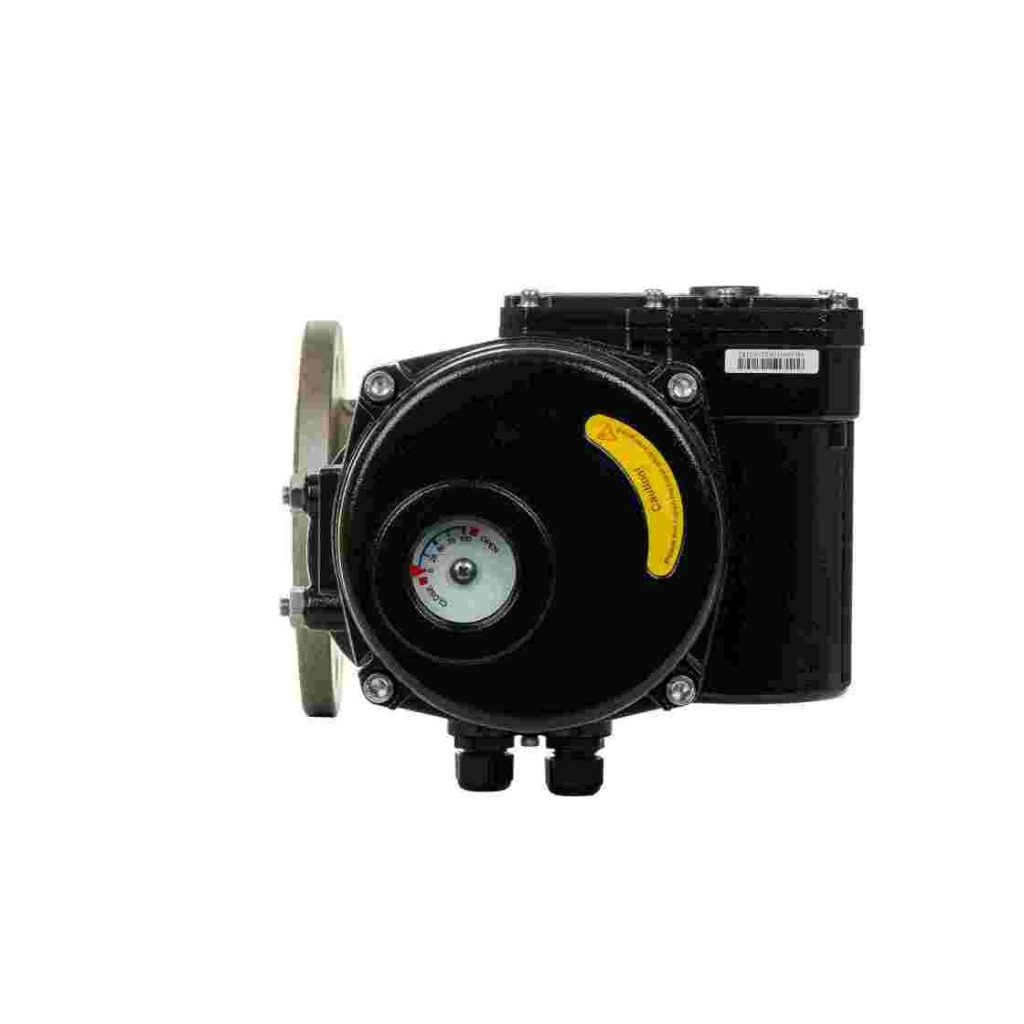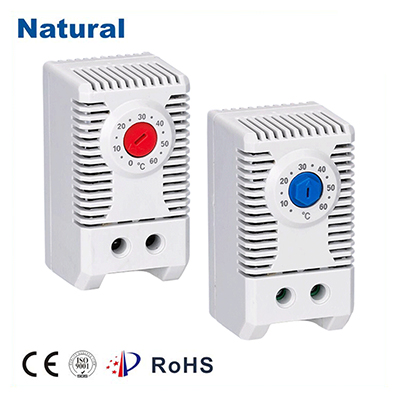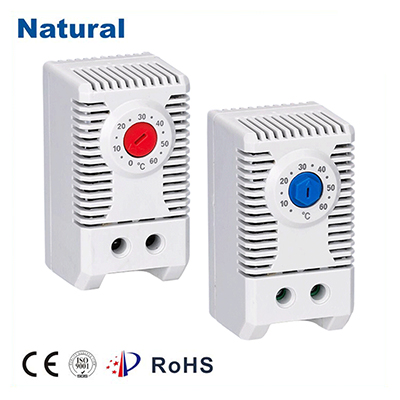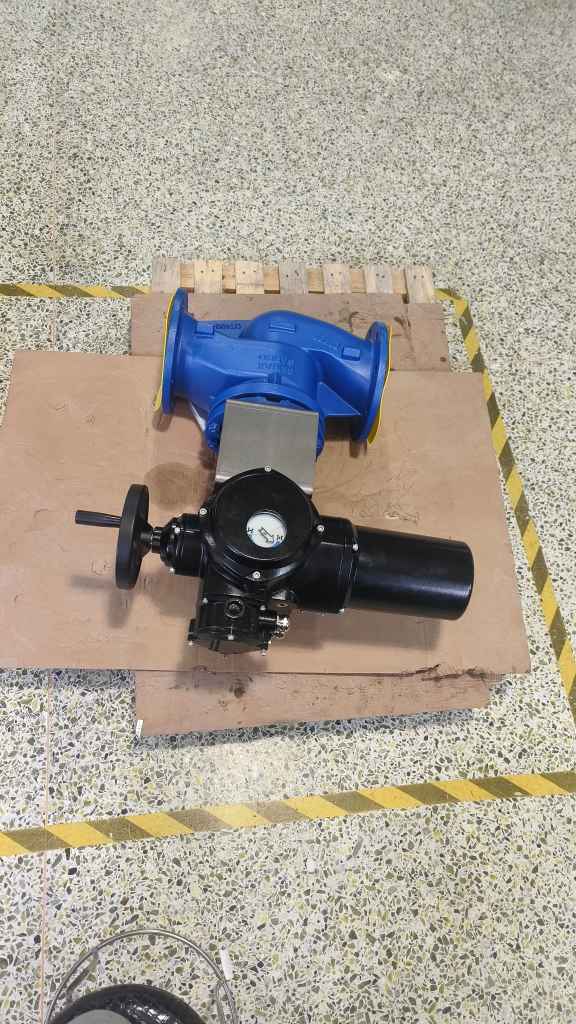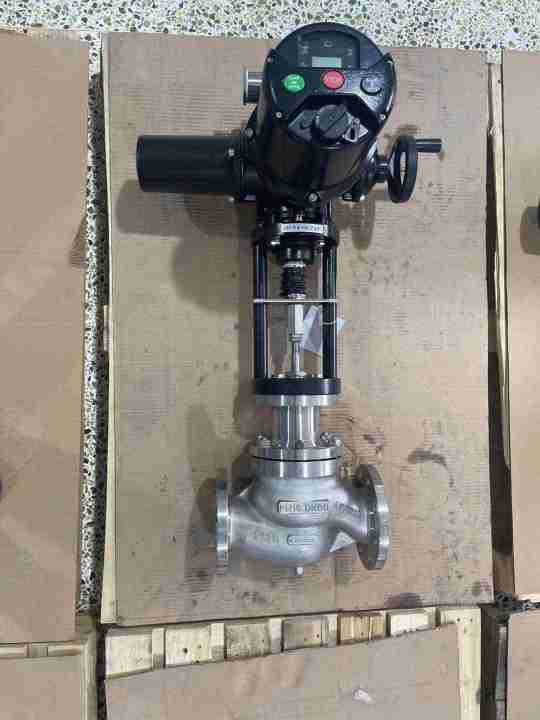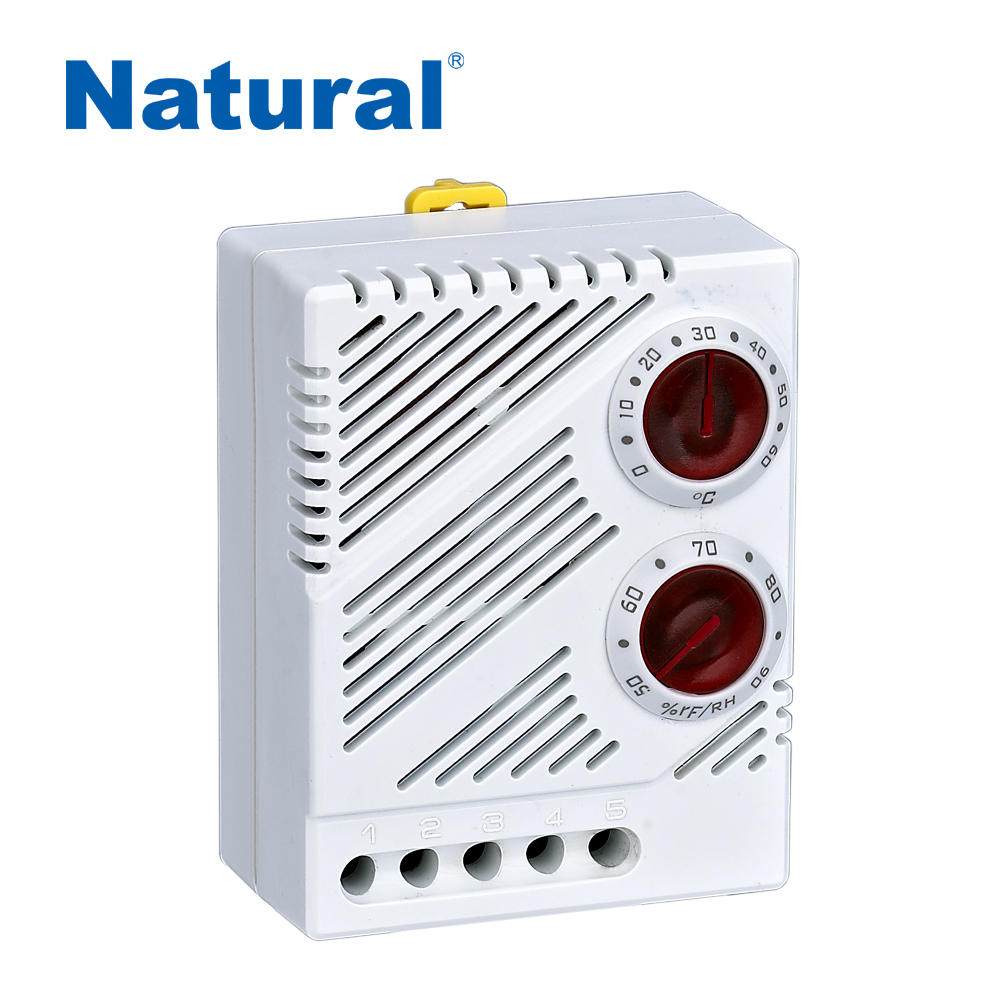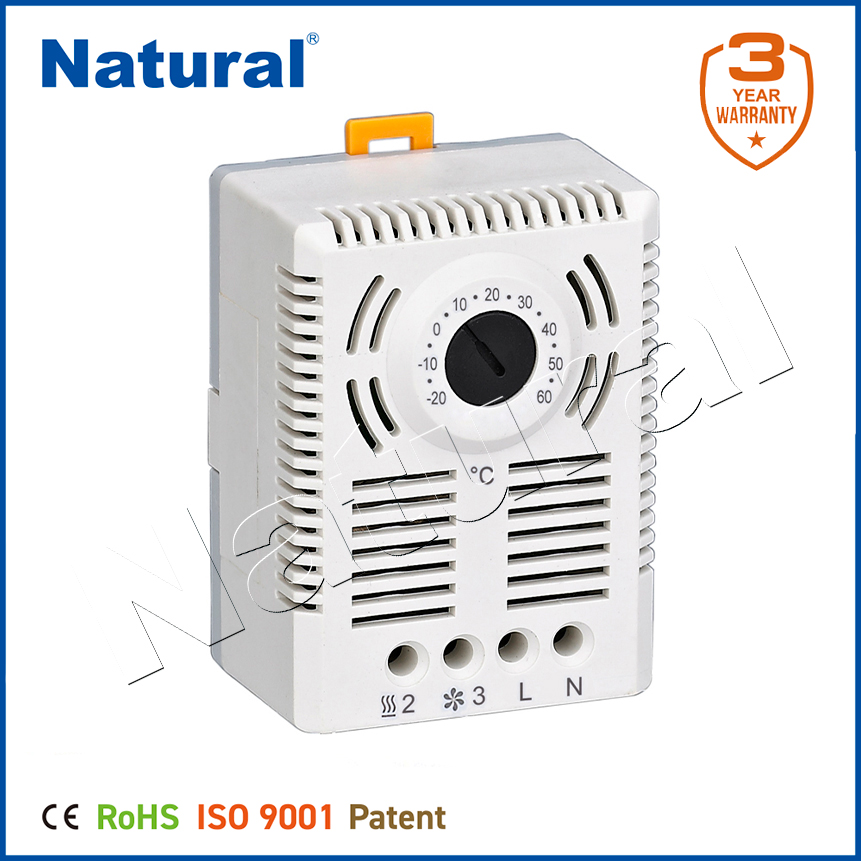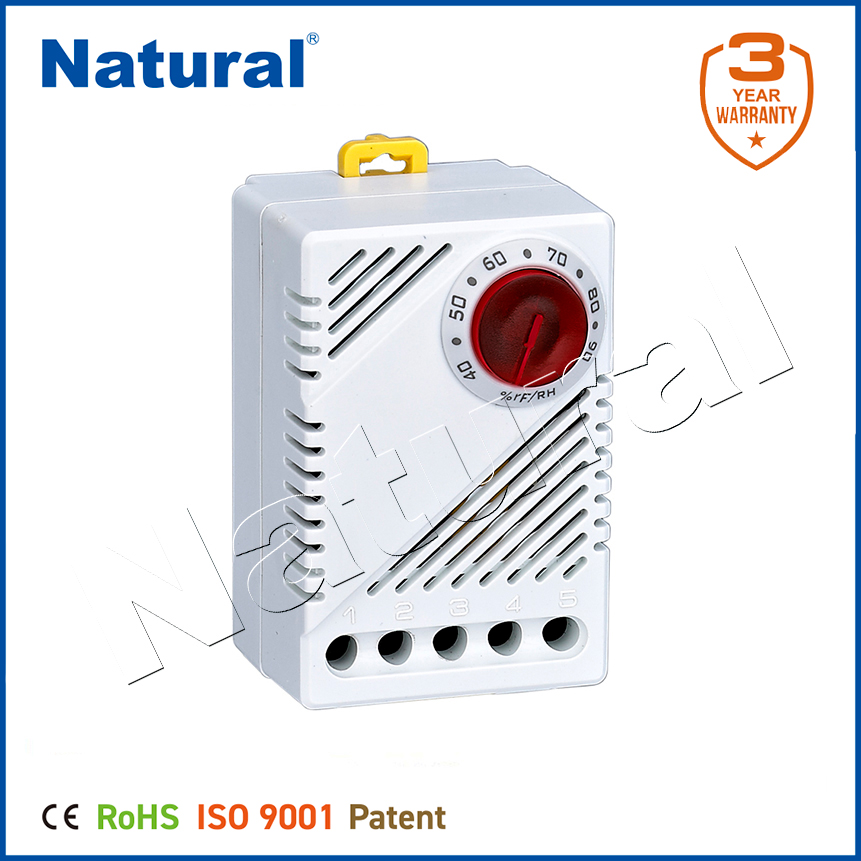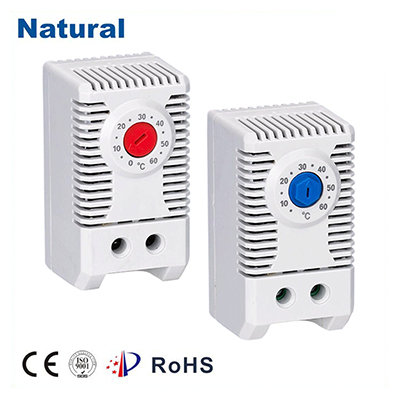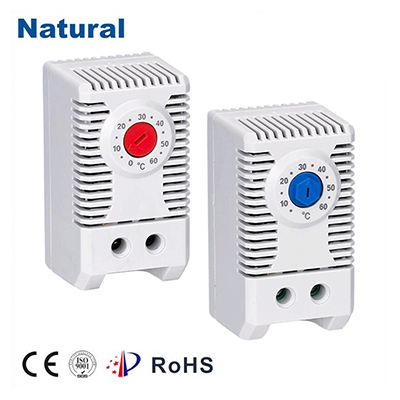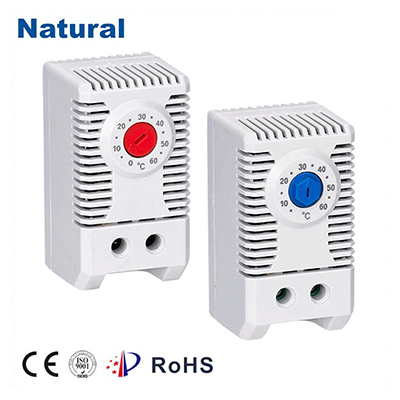In today’s rapidly advancing industrial landscape, the demand for efficient, reliable, and technologically advanced valve solutions has never been higher. Among these, electric gate valves stand out for their precision, control, and integration with automation systems. As industries like oil and gas, water treatment, and power plants continue to evolve, electric gate valves are becoming essential components for fluid and gas regulation. This article explores the significance of electric gate valves, the role of manufacturers in their development, and what makes them integral to modern industrial operations.

What Are Electric Gate Valves?
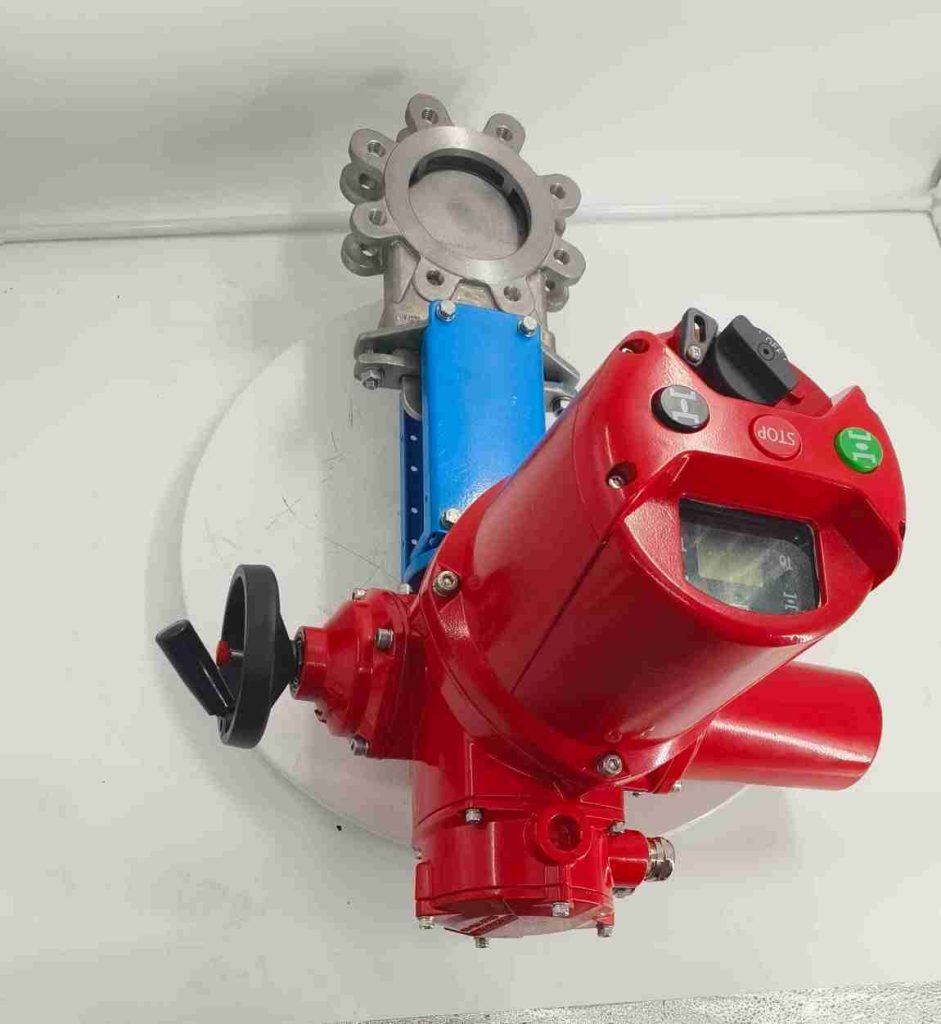
Electric gate valves are a type of valve that utilizes an electric actuator to control the opening and closing of a gate mechanism. They are primarily used in applications where precise control over fluid or gas flow is required. Unlike manual gate valves, which rely on a handwheel or lever, electric gate valves are equipped with an electric motor that provides the necessary power to operate the valve automatically or remotely. This makes them ideal for systems where manual operation is impractical or unsafe. The electric actuator, often powered by AC or DC electricity, is designed to open or close the gate, allowing the flow of materials through the pipeline to be regulated with high accuracy. Electric gate valves are commonly used in industries where large volumes of fluids or gases need to be managed, such as in oil refineries, chemical processing plants, water treatment facilities, and power plants.
